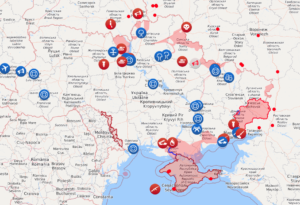Faced with the continued erosion of Russia’s military position in Ukraine, Vladimir Putin has chosen to double-down on failure.
Russian President Vladimir Putin on Wednesday announced the partial mobilization of military reservists, a significant escalation of his war in Ukraine after battlefield setbacks have the Kremlin facing growing pressure to act.
In a rare national address, he also backed plans for Russia to annex occupied areas of southern and eastern Ukraine, and appeared to threaten nuclear retaliation if Kyiv continues its efforts to reclaim that land.
It came just a day after four Russian-controlled areas announced they would stage votes this week on breaking away from Ukraine and joining Russia, in a plan Kyiv and its Western allies dismissed as a desperate “sham” aimed at deterring a successful counteroffensive by Ukrainian troops.
Before this announcement it was apparent that Russia basically had no reserves, so a mobilization isn’t a surprise. Why admit failure when you can simply get more of your countrymen slaughtered for doubling-down on your own mistake?
Stephen Green notes that there’s less to this announcement than meets the eye.
It won’t be easy or fast to call up that many reservists, according to military experts, because Russia basically doesn’t have a reserve.
A 2019 RAND study noted that “Russia has paid little attention to developing an effective and sizable active reserve system that might be immediately required in the event of a major war.” RAND estimates that Russia has an effective reserve of only 4,000-5,000 men.
The country’s former army reserve units had been disbanded from 2008-2010 as part of the military’s modernization program, with their equipment — all of it older — going into storage or scrapped.
That doesn’t mean that Russia can’t conscript, train, organize, and arm 300,000 new soldiers, but it won’t be quick or easy.
One problem, as Foreign Affairs analyst Oliver Alexander put it, is “effectively readying and equipping these reservists. Russia already has problems equipping its professional armed forces.”
Then there’s the speed problem. Dara Massicot wrote back in August — weeks before Kyiv’s stunning counteroffensive in Kharkiv — that “Even if the Kremlin pulls all levers available, declaring a general mobilization to call up sufficient armored equipment and trained personnel, that process would still take time.”
That’s because with something like 80% of Russia’s combat power already fighting in Ukraine, plus wartime losses to their NCO and officer corps, the Russian army will need to train more trainers before anything like 300,000 men can be mobilized.
Just last month, Putin ordered an increase in the size of the Russian military of 137,000 troops. But as I reported to you then, Putin’s order only meant that “Starting next year, the Russian military will be authorized to find another 137,000 troops.” The country has long had a problem with draft dodgers, one that Putin’s “special military operation” won’t help.
He also notes the problem of obtaining new equipment. Even the first wave of Russian invasion included troops who were armed with ancient rifles. With the sanctions in place, none of that is going to get any better. Plus the fact that Russia essentially used up all their smart ordinance during the first stage of the war and that sanctions ensure they can’t easily make more.
Is there a Peter Zeihan video on the topic? Of course there is.
Some takeaways:
fundamentally changed,” but now they’ll be able to rotate fresher troops in, “and continue fighting the war more or less the way that they have been now, which is to say poorly.”
Nor are the sham referendums likely to make any difference either.
Russian-appointed occupation officials in Luhansk, Donetsk, Kherson, and Zaporizhia oblasts announced on September 20 that they will hold a “referendum” on acceding to Russia, with a vote taking place from September 23-27. The Kremlin will use the falsified results of these sham referenda to illegally annex all Russian-occupied parts of Ukraine and is likely to declare unoccupied parts of Donetsk, Kherson, and Zaporizhia oblasts to be part of Russia as well.
The Kremlin’s annexation plans are primarily targeting a domestic audience; Putin likely hopes to improve Russian force generation capabilities by calling on the Russian people to volunteer for a war to “defend” newly claimed Russian territory. Putin and his advisors have apparently realized that current Russian forces are insufficient to conquer Ukraine and that efforts to build large forces quickly through voluntary mobilization are culminating short of the Russian military’s force requirements. Putin is therefore likely setting legal and informational conditions to improve Russian force generation without resorting to expanded conscription by changing the balance of carrots and sticks the Kremlin has been using to spur voluntary recruitment.
Putin may believe that he can appeal to Russian ethnonationalism and the defense of purportedly “Russian peoples” and claimed Russian land to generate additional volunteer forces. He may seek to rely on enhanced rhetoric in part because the Kremlin cannot afford the service incentives, like bonuses and employment benefits, that it has already promised Russian recruits. But Putin is also adding new and harsher punishments in an effort to contain the risk of the collapse of Russian military units fighting in Ukraine and draft-dodging within Russia. The Kremlin rushed the passage of a new law through the State Duma on September 20, circumventing normal parliamentary procedures. This law codifies dramatically increased penalties for desertion, refusing conscription orders, and insubordination. It also criminalizes voluntary surrender and makes surrender a crime punishable by ten years in prison. The law notably does not order full-scale mobilization or broader conscription or make any preparations for such activities.
ISW has observed no evidence that the Kremlin is imminently intending to change its conscription practices. The Kremlin’s new law is about strengthening the Kremlin’s coercive volunteerism, or what Chechen leader Ramzan Kadyrov called “self-mobilization.”
The Kremlin is taking steps to directly increase force generation through continued voluntary self-mobilization and an expansion of its legal authority to deploy Russian conscripts already with the force to fight in Ukraine.
- Putin’s illegal annexation of occupied Ukrainian territory will broaden the domestic legal definition of “Russian” territory under Russian law, enabling the Russian military to legally and openly deploy conscripts already in the Russian military to fight in eastern and southern Ukraine. Russian leadership has already deployed undertrained conscripts to Ukraine in direct violation of Russian law and faced domestic backlash. Russia’s semi-annual conscription cycle usually generates around 130,000 conscripts twice per year. The next cycle runs from October 1 to December 31. Russian law generally requires that conscripts receive at least four months of training prior to deployment overseas, and Russian President Vladimir Putin has repeatedly denied that conscripts will be deployed to Ukraine. Annexation could provide him a legal loophole allowing for the overt deployment of conscripts to fight.
- Russian-appointed occupation officials in Kherson and Zaporizhia oblasts announced the formation of “volunteer” units to fight with the Russian military against Ukraine. Russian forces will likely coerce or physically force at least some Ukrainian men in occupied areas to fight in these units, as they have done in the territories of the Russian proxy Donetsk and Luhansk People’s Republics (DNR and LNR).
- The Russian State Duma separately passed new incentives for foreign nationals to fight in Russia’s military to obtain Russian citizenship and will likely increase overseas recruitment accordingly. That new law, which deputies also rushed through normal procedures on September 20, allows foreign nationals to gain Russian citizenship by signing a contract and serving in the Russian military for one year. Russian law previously required three years of service to apply for citizenship.
- Putin’s appeals to nationalism may generate small increases in volunteer recruitment from within Russia and parts of occupied Donetsk and Luhansk. However, forces generated from such volunteers, if they manifest, will be small and poorly trained. Most eager and able-bodied Russian men and Ukrainian collaborators have likely already volunteered in one of the earlier recruitment phases.
- Local Russian administrators will continue to attempt to form volunteer units, with decreasing effect, as ISW has previously reported and mapped.
- Russian forces and the Wagner Private Military Company are also directly recruiting from Russian prisons, as ISW has previously reported. These troops will be undisciplined and unlikely to meaningfully increase Russian combat power.
Putin likely hopes that increasing self-mobilization, and cracking down on unwilling Russian forces, will enable him to take the rest of Donetsk and defend Russian-occupied parts of Luhansk, Kherson, and Zaporizhia oblasts. He is mistaken. Putin has neither the time nor the resources needed to generate effective combat power. But Putin will likely wait to see if these efforts are successful before either escalating further or blaming his loss on a scapegoat. His most likely scapegoat is Defense Minister Sergei Shoigu and the Russian Ministry of Defense. Reports that Shoigu would accompany Putin while Putin gave a speech announced and then postponed on September 20 suggest that Putin intended to make Shoigu the face of the current effort.
Part of the mobilization effort seems to be banning airline ticket sales for males between the ages of 18 and 65.
That decree is every bit as popular as you would expect.
Takeaways:
Neither the mobilization nor the sham referendums change any immediate facts on the ground in Ukraine. It will take many months to take new “recruits” up to even the most basic soldiering standards. Or maybe they’ll just give them three days training and send them into battle with old rifles and old ammunition like they did before, with the same results.
Either way, it doesn’t solve any of Putin’s immediate problems…
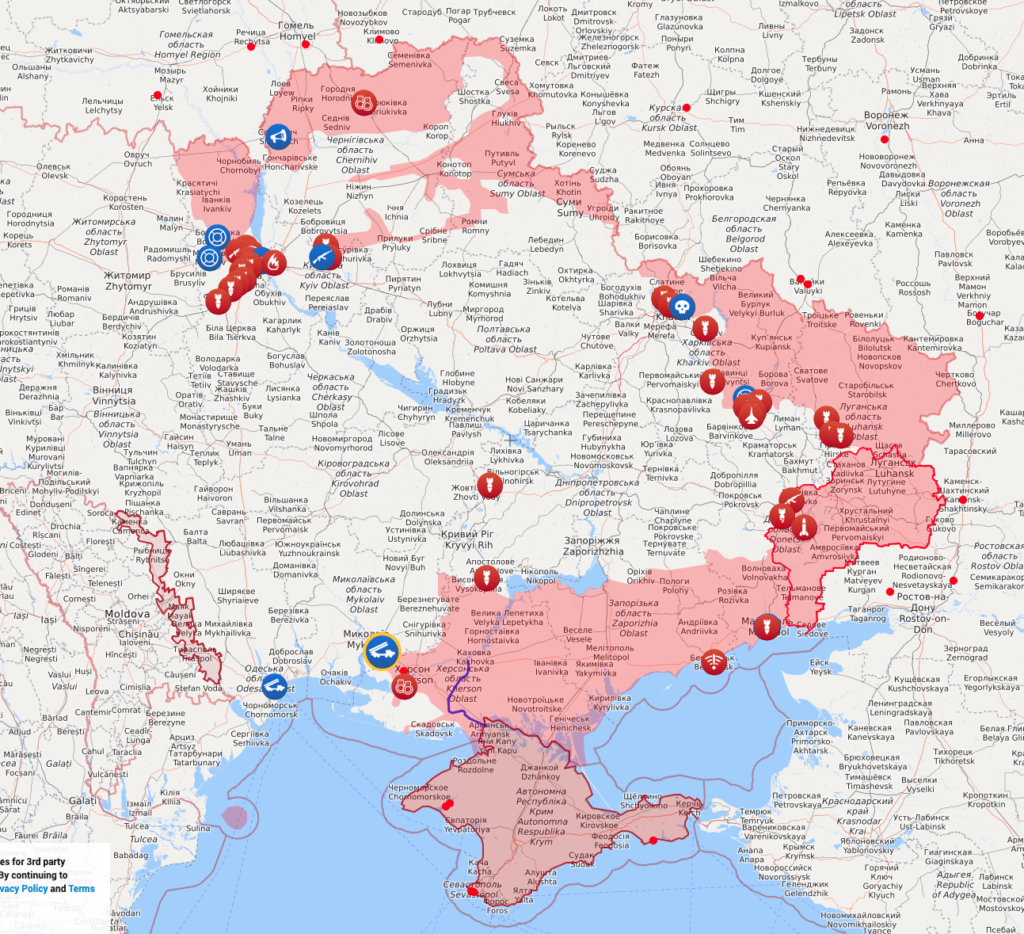
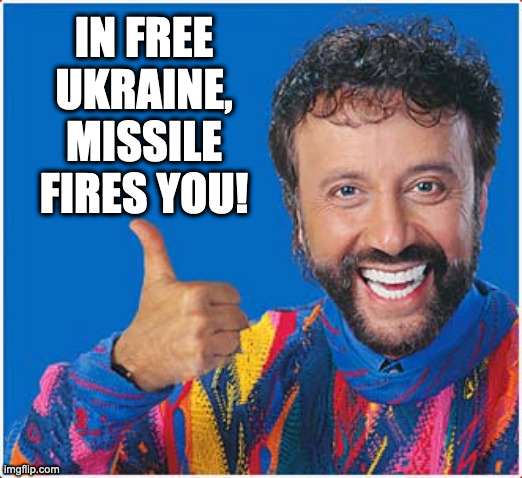
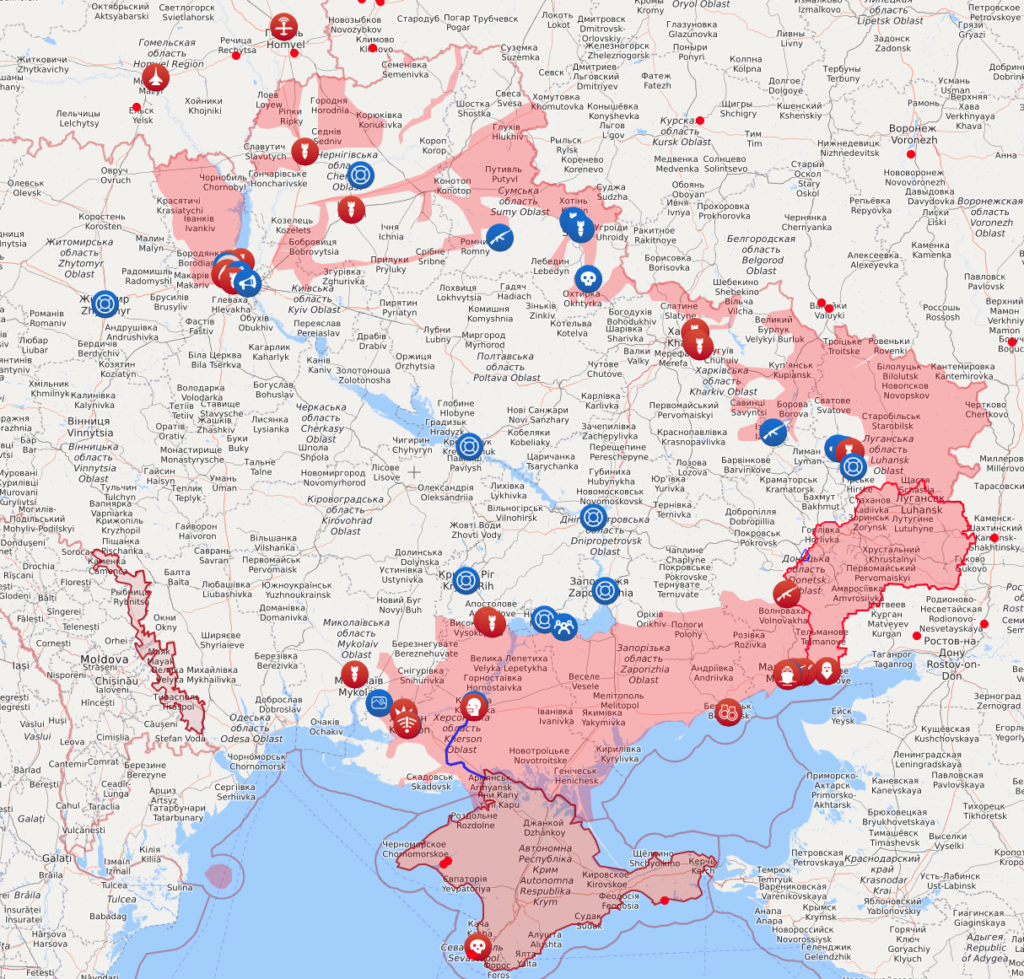
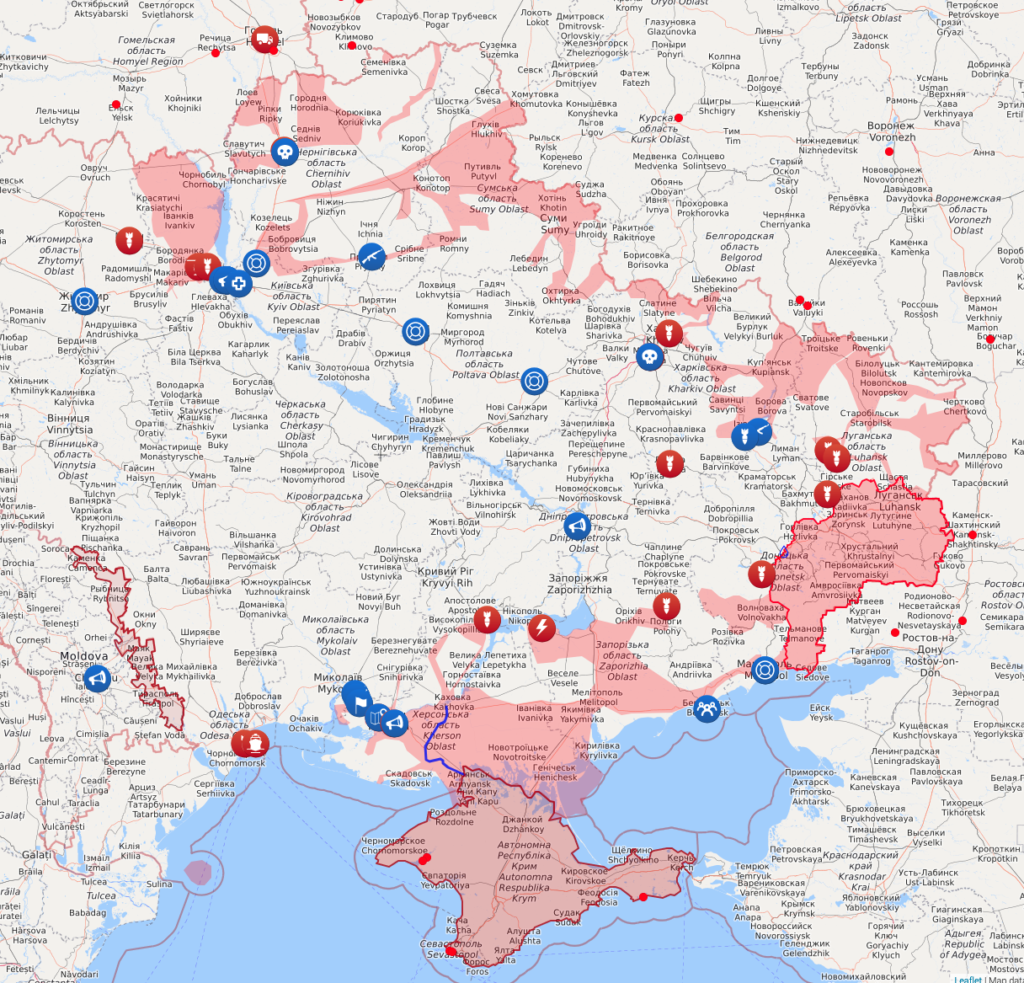
 Ukraine Weapons Tracker (@UAWeapons)
Ukraine Weapons Tracker (@UAWeapons) 